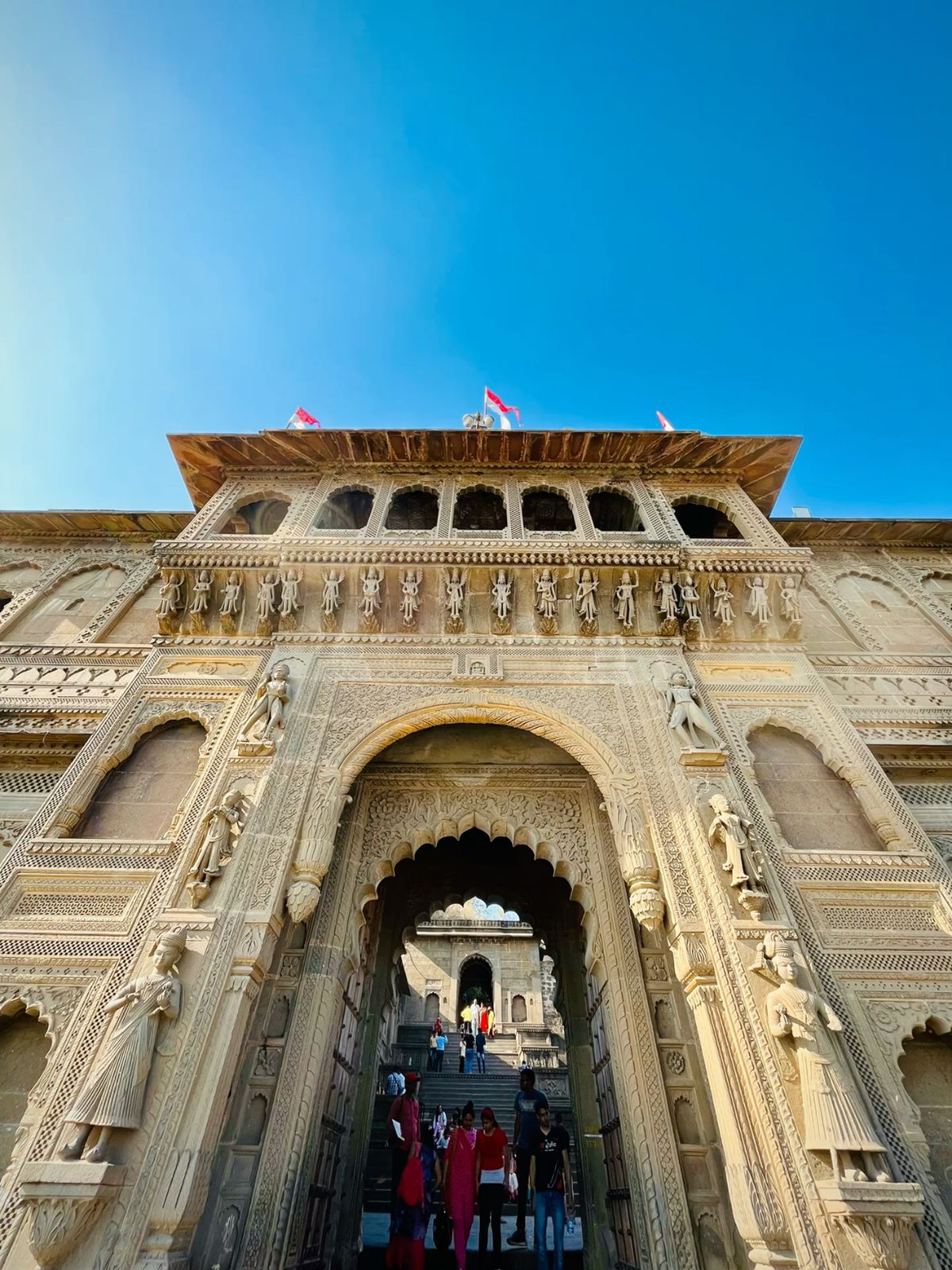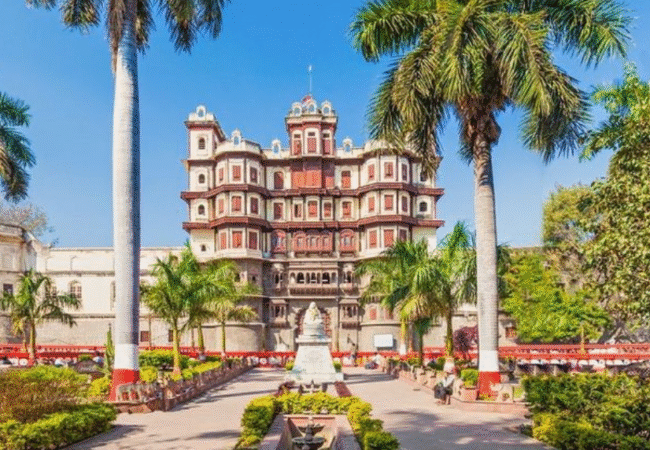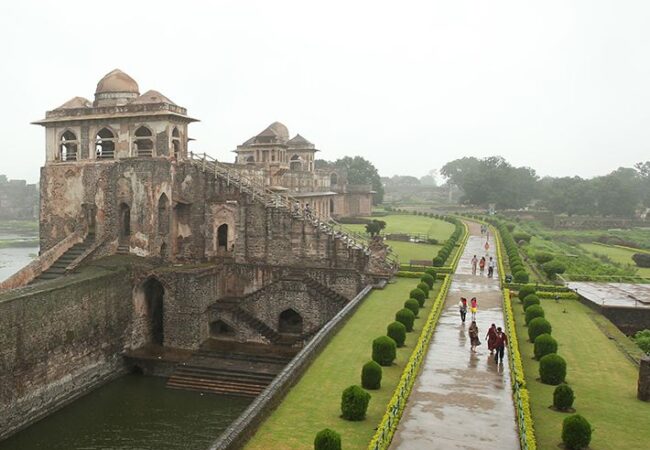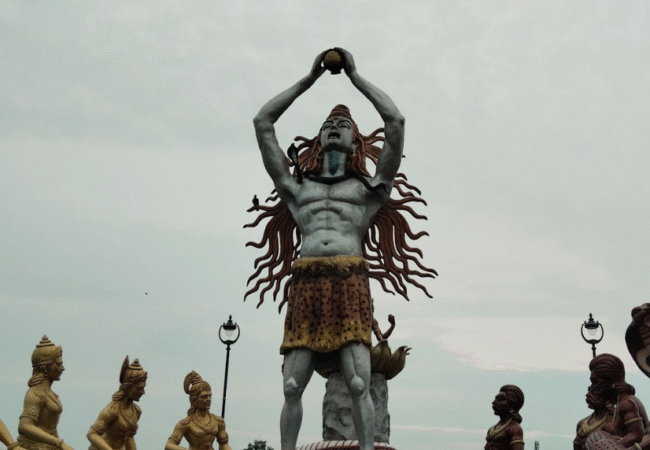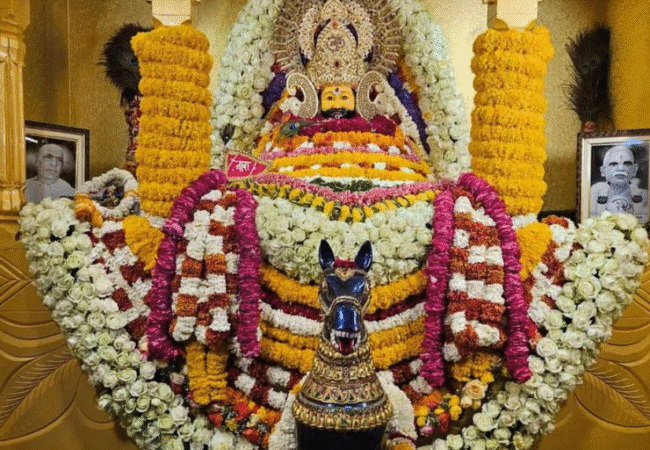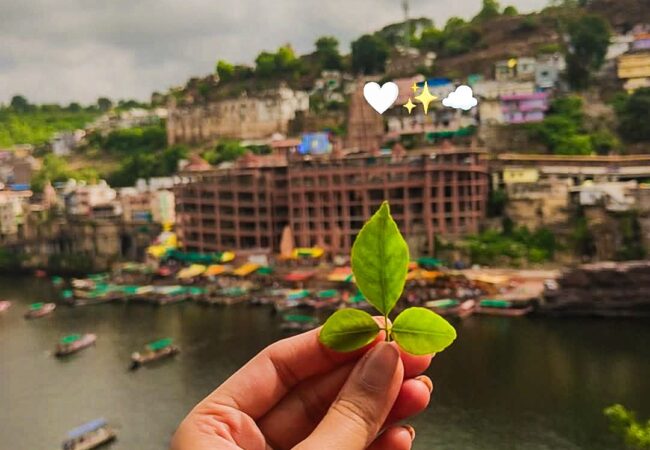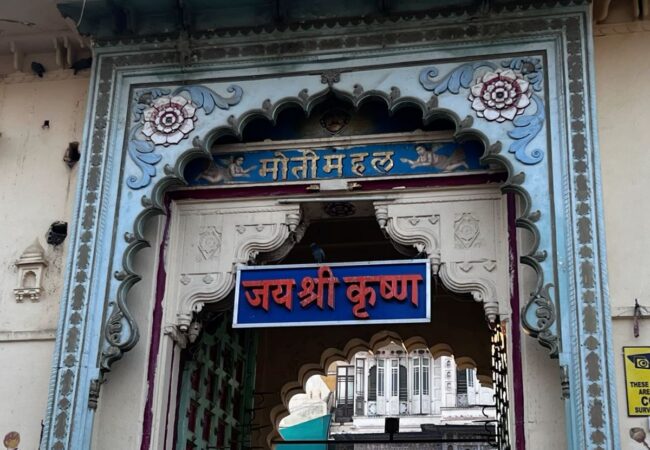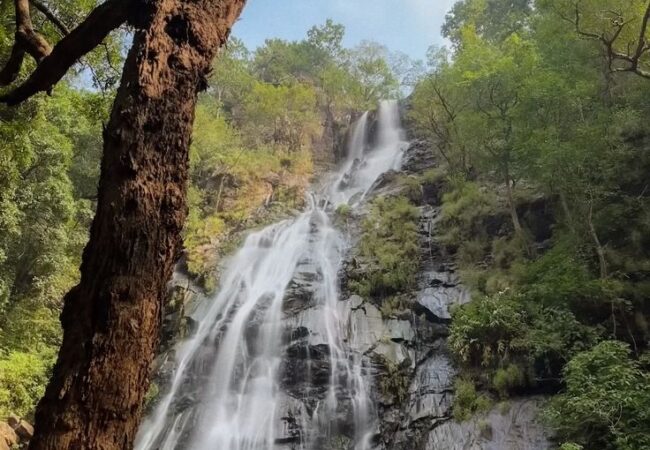
Info@yatracarrental.com
Sanchi
- Home
- Sanchi
Welcome To Sanchi
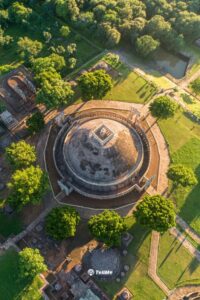
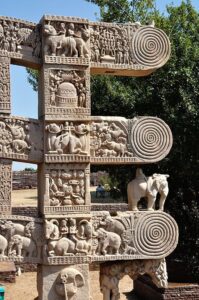
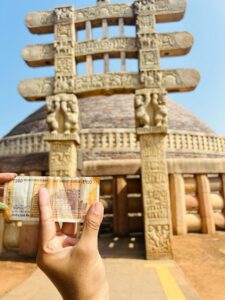
Things to do in Sanchi
-
The Great Stupa (Stupa No. 1): This is the main attraction and the most famous stupa in the complex. It is a massive hemispherical dome built over the relics of the Buddha. The stupa is surrounded by four intricately carved gateways (Toranas), which depict scenes from the Jataka tales (stories of the Buddha’s previous lives) and events from his life. The detail and artistry of these carvings are breathtaking and a major highlight of the site.
-
Ashoka Pillar: Located near the Southern Gateway of the Great Stupa, this pillar, though in fragments, is a significant historical artifact. The pillar’s capital, with its four lions, is the national emblem of India.
-
Stupas No. 2 and 3: While smaller than the Great Stupa, these monuments are also part of the complex. Stupa No. 3 is notable for a single gateway and for housing the relics of two of the Buddha’s chief disciples, Sariputta and Mahamoggallana.
-
Buddhist Viharas and Monasteries: Throughout the complex, you will find the ruins of several monasteries and living quarters for Buddhist monks. These ruins offer a glimpse into the monastic life and community that once thrived here.
-
The Great Bowl: This is a large monolithic stone bowl that was used to hold food for the monks. Its size and simplicity are a reminder of the monastic way of life.
Other Attractions
-
Sanchi Archaeological Museum: Located at the foothills of the main stupa complex, this museum houses many of the artifacts, sculptures, and relics unearthed during the excavations at Sanchi. It’s a great place to understand the history and art of the site in more detail.
-
Gupta Temple: Situated within the complex, this small temple is one of the earliest surviving stone temples in India from the Gupta period (5th century CE). Its simple and elegant design is a precursor to later Hindu temple architecture.
Bangladesh
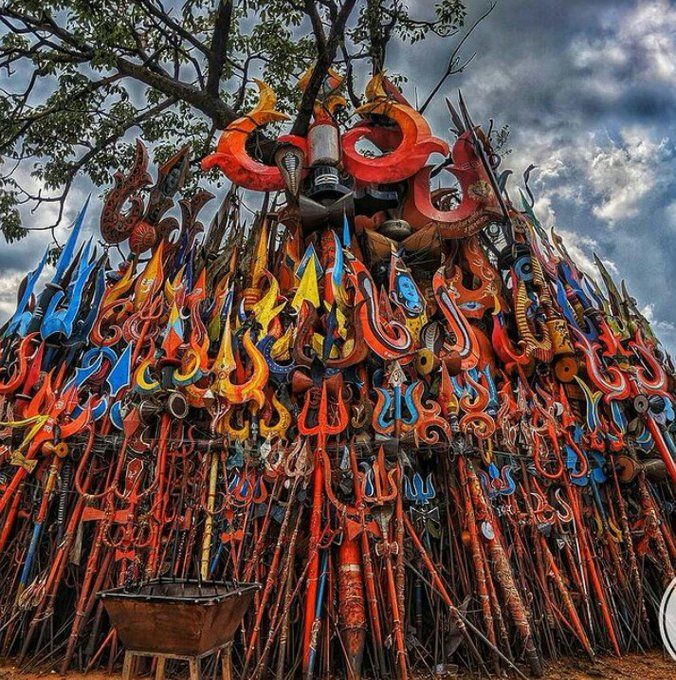
10% Off
For Your First Book
Sanchi Location.
Our Destination Highlight
Recommended Package
Starting From:
TAXES INCL/PERS
Starting From:
TAXES INCL/PERS
Join The Newsletter
To receive our best monthly deals



